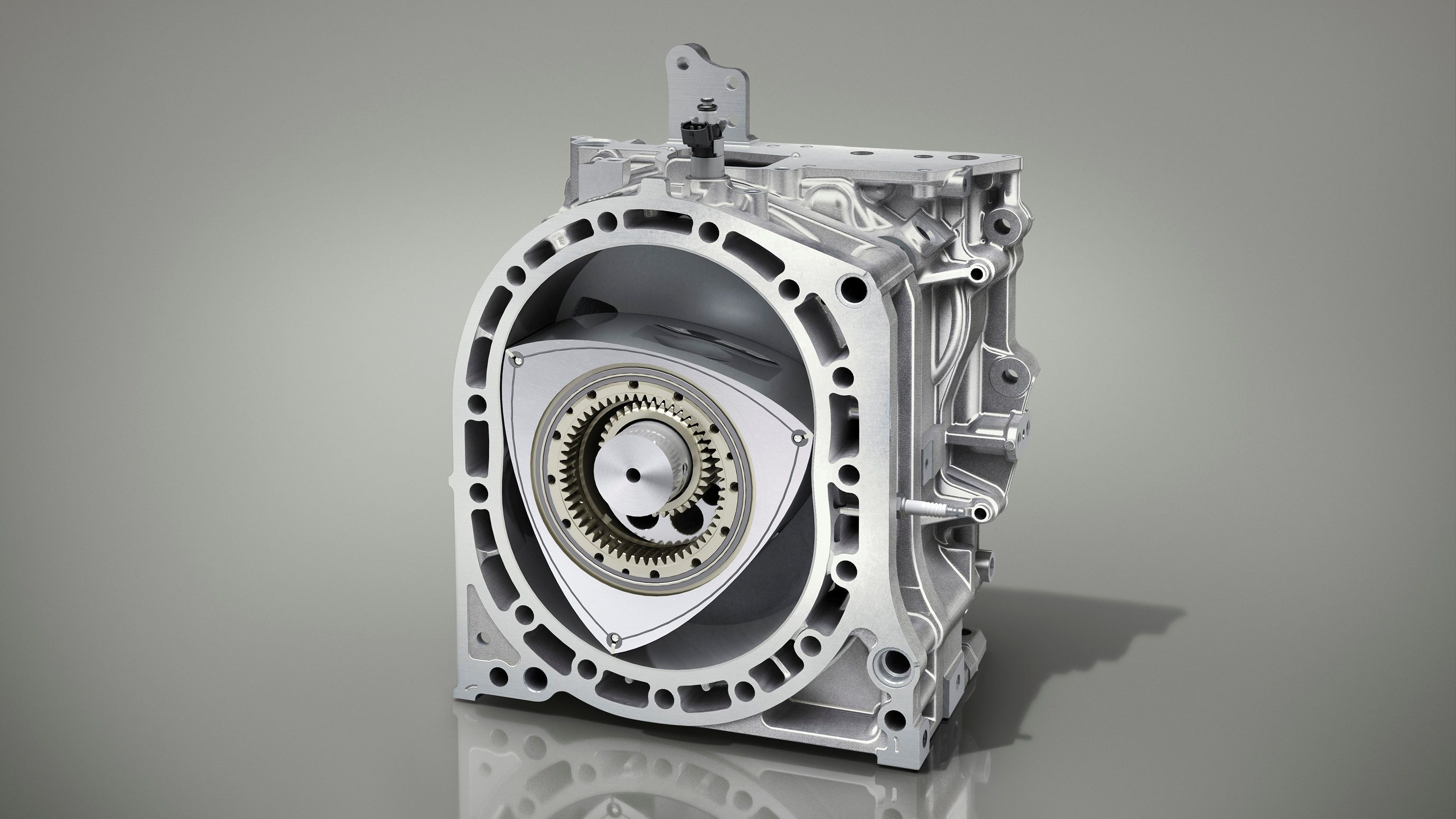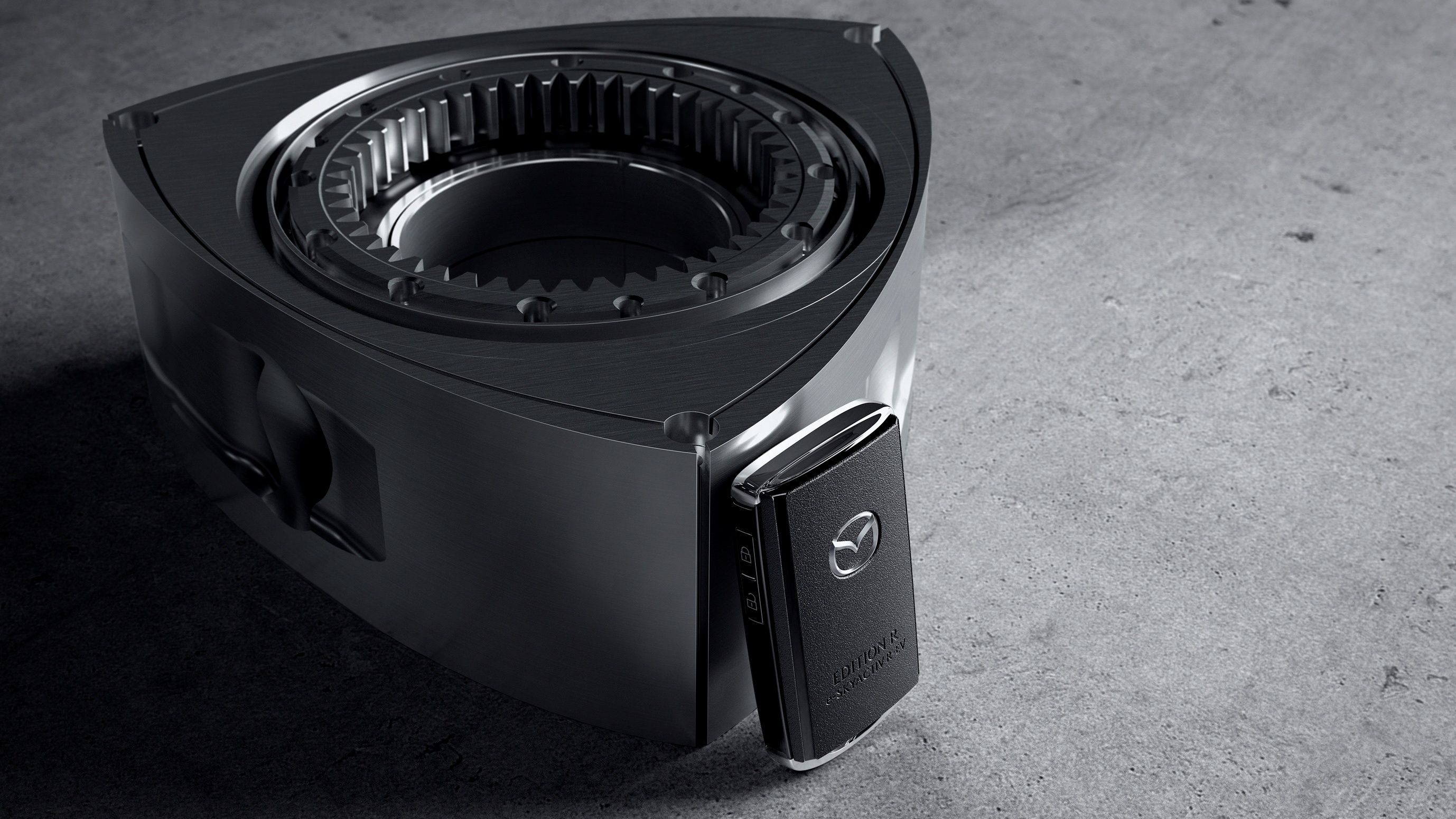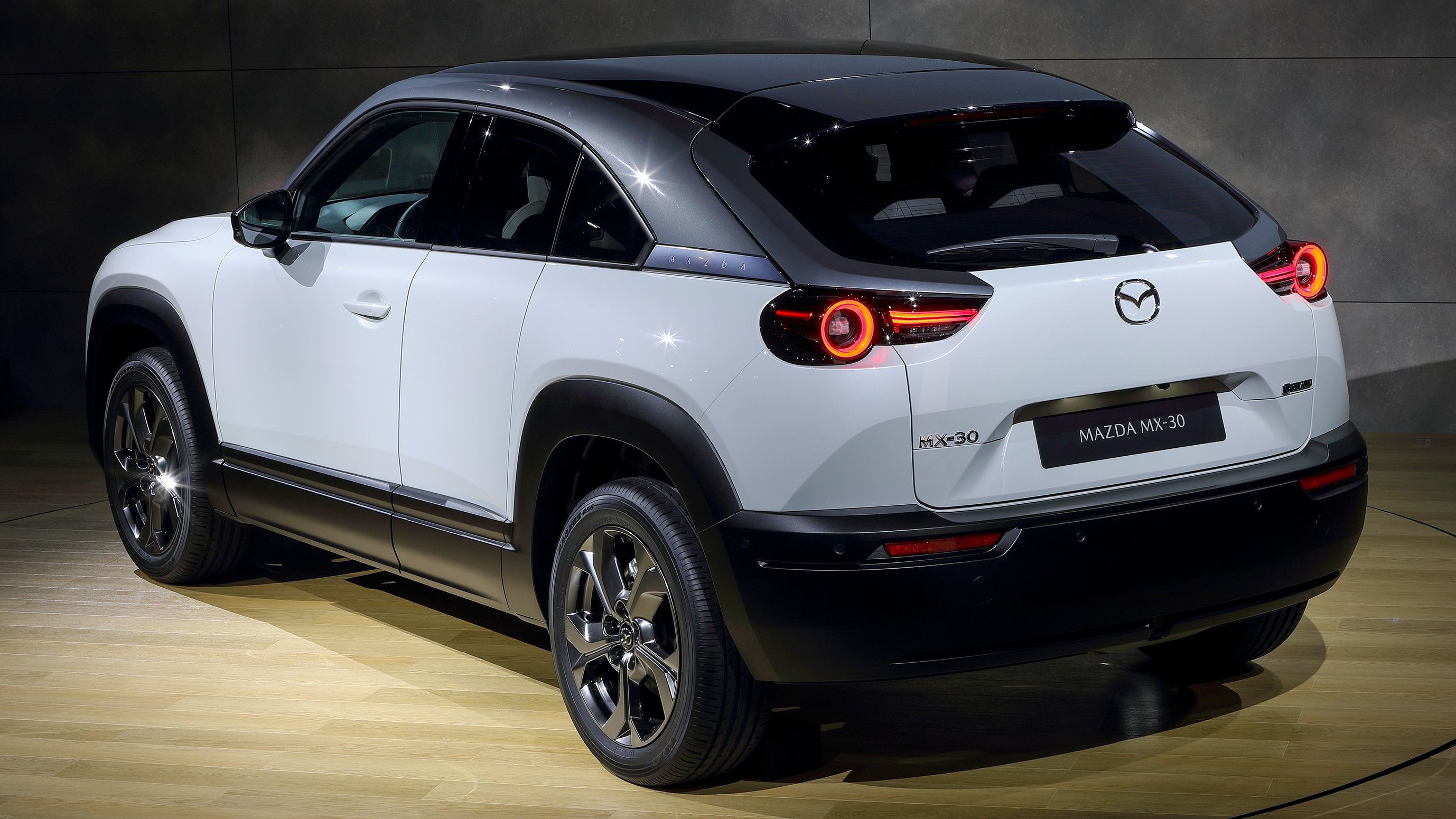Mazda’s rotary engine is nothing new. It was invented by Felix Wenkel, a German engineer, in the early fifties. But a masterpiece doesn’t have to be new to be admired. It offered an elegant alternative to the four-stroke internal combustion engine (ICE). It had an innovative approach and fewer moving parts. And as with most different things, it had some advantages and disadvantages over the regular four-cycle ICE. For quite some time, the pros seemed to outweigh the cons. And rightly so too. The Wenkel rotary engine allowed more power and more RPM, with a more compact engine and smaller displacement. A four-cycle ICE needs 720 degrees of rotation to complete one thermodynamic cycle. It’s the same as saying it needs two full revolutions of the crankshaft. With the rotary engine, for every 360 degrees of rotation, two sides of the rotor go through a complete combustion cycle. In a way, it is similar to the power output of a two-stroke engine.
Understanding the rotary engine
Clear view of the combustion chamber of the rotary engine used in the 2023 MX-30 E-Skyactiv R-EV
The rotary design allows the air and fuel intake cycle, compression cycle, thermodynamic cycle and exhaust cycle to occur simultaneously. Inside the legendary Mazda 13B rotary engine, for example, you have only three moving parts. Two rotors and the eccentric shaft, which is the equivalent of the crankshaft rotary engine. In a typical four-cycle ICE, you have parts like the piston, crankshaft, connecting rods, camshaft, inlet valves, outlet valves, valve springs, and flywheel. Not only that, in a rotary engine you have rotational mass instead of reciprocating mass in a four-cycle ICE. Instead of going up and down like valves (which can cause valve float) and pistons, generating increasingly strong reciprocating forces as engine RPM increases, the rotating mass of the rotary engine allows high revolutions and less vibrations.
Check out this transparent slow motion video of how the rotary engine works. This is a 3D printed one third scale model of the 13B rotary engine. Try selecting a slower display speed to make it even easier to see and understand all the cycles happening inside the combustion chamber.
Disadvantages of the rotary design
The rotary motor rotor used in the MX-30 E-Skyactive E-EV along with its key ring.
There are some engineering challenges in the rotary engine and they are not easy to overcome. One is that, by design, the rotary engine is thermally inefficient. The engine has trouble burning the entire mixture during the combustion cycle. This is bad for fuel efficiency and emissions. If you’ve ever seen a Mazda spewing fire through the exhaust, that’s wasted fuel being burned after the combustion cycle.
Also, due to the shape of the combustion chamber, you will always have the thermodynamic cycle going on one side of the chamber, making it very hot. At the same time, the other side of the chamber will be colder as it will deal with the air and fuel intake. The difference in temperature causes the metal to tend to expand at different rates. This makes sealing difficult. You don’t want to mix gases from one chamber to another. For this reason, you have apex seals, face seals, and side seals to try to prevent gases from escaping into other chambers. To further ensure a good seal, oil is injected directly into the combustion chamber. This means that the engine burns oil by design. Because of this, you will have even worse emissions. And emissions are a big part of why the rotary engine was discontinued. That is until recently.
How Mazda tried to revive it in a different avatar
A rear 3/4 studio shot of a Mazda MX-30 EV
Mazda’s first all-electric vehicle, the MX-30 is a bit of an enigma. For starters, it only offers a 100-mile range with a price that starts around $35,000. During the first year of production, Stateside, it is supposed to be released only in California. And this with a very limited production of only 560 units. It’s also supposed to be some sort of SUV/Crossover, but it only comes with front-wheel drive.
But then, as if to put an end to range anxiety of its own making, Mazda announced a hybrid that will bring back the rotary engine. But this isn’t the app motoring enthusiasts were hoping for. The Mazda MX-30 e-Skyactive R-EV is a plug-in hybrid model that uses a rotary engine to not drive power to the wheels. But simply as a generator to supplement the 17.8 kWh battery as needed. The single-rotor rotary is 0.8 liters (5.65 cubic inches) and with a 13.2-gallon fuel tank, it offers a total range of up to 372 miles. The electric motor makes 160 horsepower and 192 pound-feet of torque. These are everyday figures, but they don’t really make much sense for the price. And the fact that this car has a rotary engine used as a glorified generator hurts the legacy and moniker of the once legendary rotary engine.
The MX-30 E-Skyactive R-EV doesn’t seem to offer enough for the price
2023 Mazda MX-30 E-Skyactiv R-EV parked outside in the afternoon.
To be fair, the rotary engine is smaller and lighter than regular four-cycle ICEs. And the idea of using an ICE as a range extender for electric vehicles was not a big surprise. Additionally, this MX-30 E-Skyactive R-EV single-rotor rotary has an exhaust gas recirculation system and a three-way catalytic converter with a gasoline particulate filter. This ensures it meets current emissions standards. And the fact that the engine runs at a lower rpm, without being pushed too hard, means it will be reliable and durable. It will also run very quietly, and with very low vibration, which is a design feature of this engine as explained earlier. Because the rotary engine will be so unobtrusive, the experience of driving the MX-30 e-Skyactive R-EV is very similar to driving an all-electric EV. Unfortunately, this brings us back to how this doesn’t do rotary justice.
We might still have hope for the future. Some speculate that Mazda is bringing back the rotary engine this way to get dealers reacquainted with them. And maybe the future will bring back a true Mazda sports car powered by a rotary engine like an RX-9, for example. And maybe even a hybrid powertrain, but like the ones used by sports cars where the main propulsion comes from the ICE, and the electric motors are there to improve performance. Maybe one day we will hear the screams of the rotary again.






